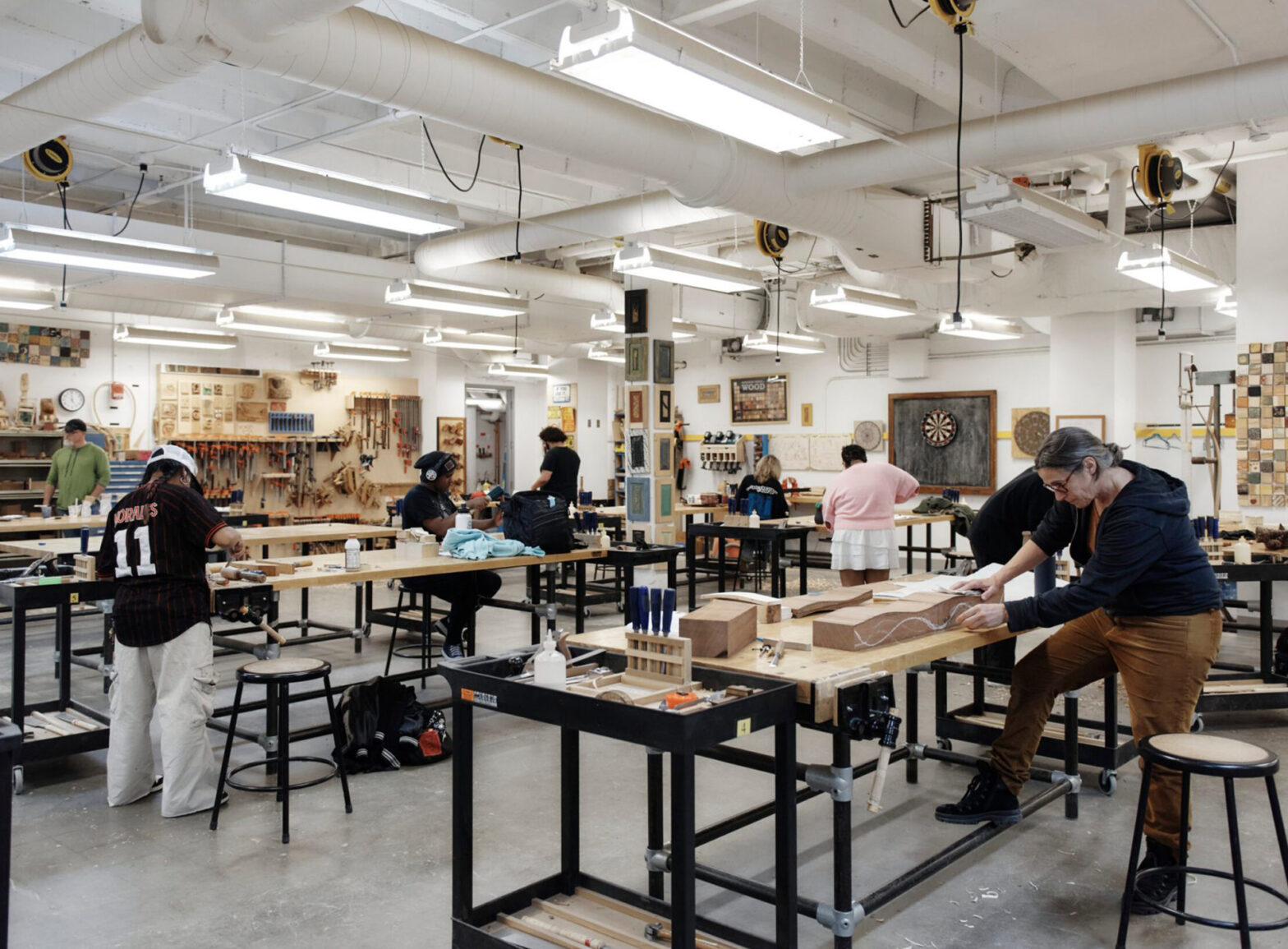Working and designing with wood
Designing with wood is more than just cutting and assembling — it’s about understanding your materials, thinking intentionally, and building with care. Whether you’re sculpting, making furniture, or doing intricate CNC carving, the process is a journey from idea to form. Here’s a breakdown of how I approach it and what I’ve learned along the way.
1. Start with the Why — Research First
Like any design project, woodworking starts with questions. Why are you making this? Who is it for? What will it do, and what feeling do you want it to evoke? These early steps shape everything that follows. I usually take this time to understand not only the function of the piece but also the context — things like size, location, ergonomics, and creative goals. Whether I’m making a bench or a sculptural piece, this foundation helps me make smarter decisions later on.
2. Let the Ideas Flow — Ideation Phase
Once the purpose is clear, the ideation begins. This is where I explore different directions: sketching, researching references, or looking for forms that speak to the concept. I often find inspiration in things that already exist — but I always add a twist to make it my own. This stage is fun and intuitive, but it’s also when I begin thinking about how the design will physically come together.
3. Plan Like a Pro — Materials, Sizing, and Prepping Files
After choosing an idea, I move into planning. This means measuring, sourcing wood, and figuring out how to translate the idea into something buildable. It also includes modeling in CAD software (like SolidWorks) and preparing files for CNC machining if needed. This phase can take a lot of time — especially for more complex pieces — but it’s worth the effort. A well-prepared plan makes everything smoother in the shop.
4. Into the Shop — Machining and Building
Next comes the hands-on part. Whether I’m using hand tools or a CNC router, I always begin with some test cuts to make sure everything will go as expected. The machining process can be meditative — you watch something digital slowly come to life in the physical world. After the pieces are made, I move into polishing, sanding, and assembling everything. Each step adds to the final feeling of the piece.
5. One of My Favorite Projects
One project I’m especially proud of came from a CNC class — it was the first time I made something that felt like an art piece. The prompt was simple: “Make anything with CNC.” I turned that into a personal challenge and decided to make a bench that doubled as a sculpture. I designed the sides of the bench to include carved skeletons, so from certain angles, it looked like a skeleton was hugging its knees. It was creative, technical, and weirdly emotional. The process reminded me how woodworking can carry stories and identity, not just function.
6. Tips for Beginners — Start Smart, Stay Curious
- Ask for an intro at the woodshop
The staff at MassArt are super friendly and happy to show you the basics. Don’t hesitate to reach out and book a quick orientation — it’ll set you up for success.
- Practice makes confidence
You don’t have to start big. Try small experiments, test new tools, and let your projects match your skill level. The more you practice, the more your confidence will grow.
- Always ask for help
There’s no shame in not knowing something. MassArt is full of people and resources ready to support you. Whether it’s tool safety, machine setup, or design advice — asking questions is how you grow.
Bonus Tips
- Sketch your process and write things down — it helps you think clearly.
- Use scrap wood for tests — don’t risk ruining your final material.
- If you’re using CNC, double-check tool paths and material alignment.
- Plan your gluing and clamping ahead of time — it’s more stressful than it looks!
- Don’t rush the finishing step — sanding and sealing makes a huge difference.
Working with wood has taught me patience, care, and how to think with my hands. Whether it’s an abstract sculpture or a functional bench, the process is where the meaning lives. If you’re curious about woodworking, I encourage you to start small, be open to learning, and enjoy the ride. Wood has a lot to say — you just need to listen.
If you want to chat more or see some of my work, I’d be happy to share. Let’s build something cool 🙂
Diego Guzmán Villada is currently in the Dynamic Media Institute Graduate Program and is passionate about physical and digital creation — from woodworking and CNC to animation, design, and storytelling. Loves blending tech with craft, and designing with wood has become one of the most meaningful ways to express ideas.

